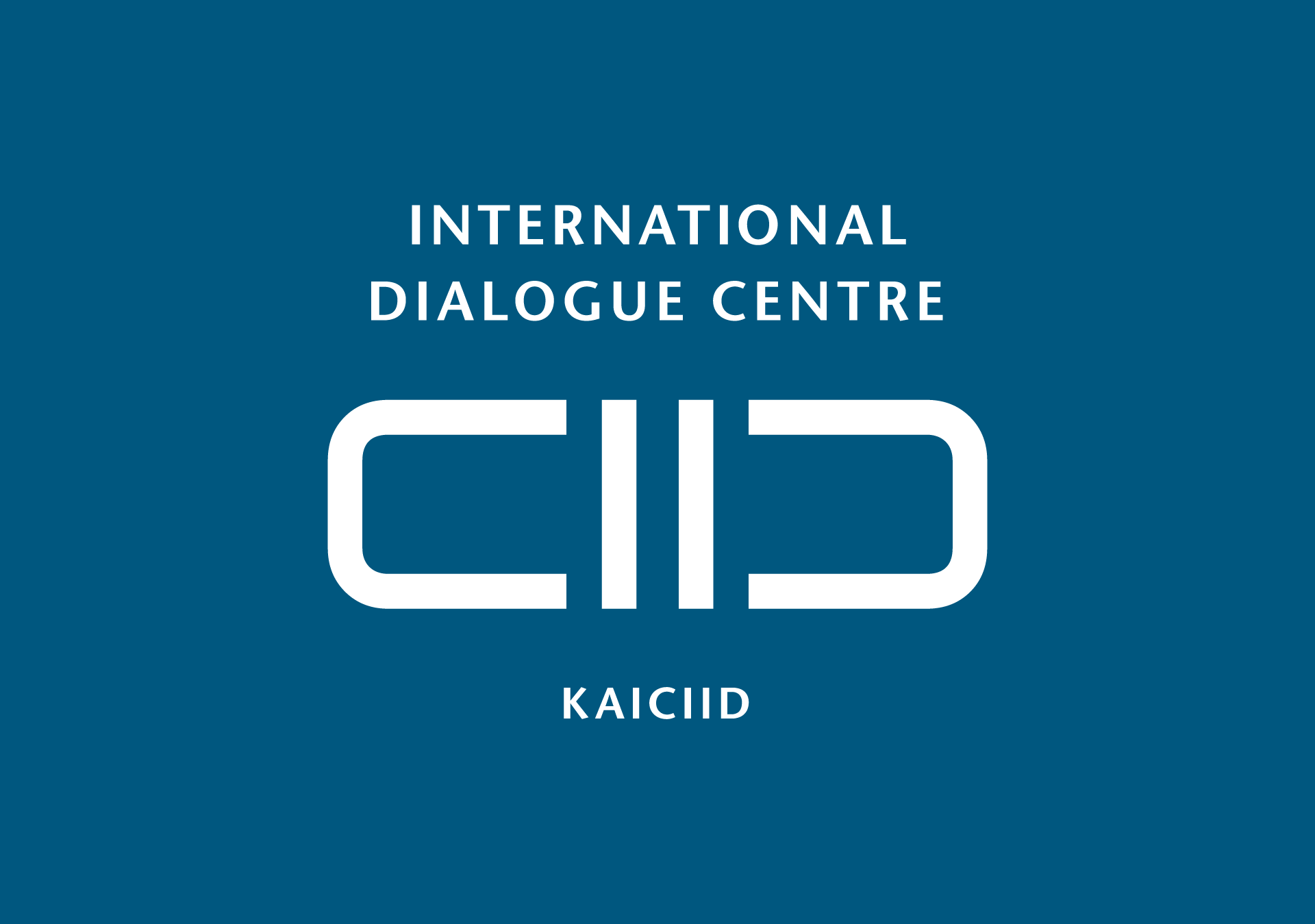“Talking Dialogue”: A First-hand Look Through the Archives of the Oxford International Interfaith Centre

Maria Bargo is an Argentinian student from the National University of General San Martín of Buenos Aires (UNSAM) who, as part of KAICIID’s “Talking Dialogue” project, has been conducting archival work in Southampton, United Kingdom. Herresearch for the Talking Dialogue project has been centred on the Oxford International Interfaith Centre (IIC). Founded in 1993 at the end of the Year of Interreligious understanding and cooperation by organisations and individuals behind many of the Year’s activities, the Centre’s aim is to encourage interreligious dialogue by acting as a source of information on interfaith activity around the world.
My studies being focused on the Oxford International Interfaith Centre (IIC), I was lucky to be able to contact the founders of the organisation and some of the people involved with it. I stayed at their house for the first few days after I arrived in England, which allowed me to get my work organised at the archive, to complete the information I had and to have easier access to the archive.
The research paper that I hope to produce for KAICIID is going to reconstruct the structure, origins, motivations and objectives of the Centre. I aim to do this by comparing what I was told in interviews and what I found out while doing archive work. I want to see if the Centre’s creation comes from the declarations and statements of congresses that happened before 1993; see when and why the founding members started dreaming about the IIC, what their objectives were, and what pushed them to create it; and then concentrate on the events that happened during the first years of work.
When I first got to the archive, I knew little about the IIC, as the information on the website was outdated and I was not able to find anything on the Centre by other means. I arrived at Celia and David Storey’s house, two IIC founding members who had invited me when I got in touch with them, I ended up staying at theirs for 10 days.
I had some interesting informal talks about the IIC with them and started getting familiar with the Centre. David took me to the archives as he and Celia thought there might be some problems with the catalogue. The archives of the IIC were indeed not catalogued; however, there were some documents that Rev. Marcus, one of the founders of the Centre had taken there, which I could use at first. We asked colleagues at Southampton University to catalogue the archives (which had been taken there years before).
After that, I went to Oxford to stay at Marcus Baybrooke’s house. He told me lots of things about the IIC and different interfaith initiatives, gave me books, documents, and interviews on the subject and also showed me videos on the congresses in which he had participated. I then returned to David and Celia, where I was able to conduct some interviews, have more informal talks about the Centre and work on some material on the organisation, which they had at home.
During the week, I started working on the archives, looking through some of the documents that Marcus had taken there, which were related to the IIC or important events that had happened in the years before the IIC was founded. By the end of the week, the catalogue was ready so I was able to look through the documents of the first years of the Centre; I was thankfully able to look at everything I needed to.
Around the same time, I also found some interesting material that David had kept at his house. In my last days in England, I met with David, Celia, Marcus and Sandy Bharat (who was also a member of the IIC) in Oxford, where I was able to clear up some questions I had with regards to my research and conduct some interviews.
By reading through the archives and conducting these interviews, I found out that the organisation began to be thought up during the 80s, and I was able to see how this idea became reality. I realised that the importance of creating the Centre emerged in congresses and interfaith encounters that occurred mainly between 1986 and 1993, something that will be central to my upcoming paper.
It is difficult to identify one single, key episode in the creation process of the IIC; but the congress that took place in 1993 to celebrate the 100-year anniversary of the 1893 editions (the research topic of fellow Talking Dialogue project student Maryam Mouzzouri, whose blog you can head here), and the preparation of these congresses, were some of the most important elements leading to the foundation of the IIC. Those who prepared the celebrations called 1993 the year of cooperation and understanding, which is significant as one of the aims of the IIC was to encourage dialogue among interfaith organisations.
It is also important to take into account what happened with other interfaith organisations during that time. This is because the creation of the IIC is closely related to different interreligious (such as the International Association for Religious Freedom and the World Congress of Faiths), religious and academic organisations, which is why I read material about other interfaith initiatives and the main interactions between them and the founders of the IIC.
‘Talking Dialogue’ project was one of the first projects undertaken by KAICIID after the Global Forum in…

![Students discuss their research at the Talking Dialogue Workshop in Cordoba. [file:field-file-image-alt-text]](/sites/default/files/styles/cards_360_270_scale_crop/public/td_1.jpg.webp?itok=FriQhNdu)